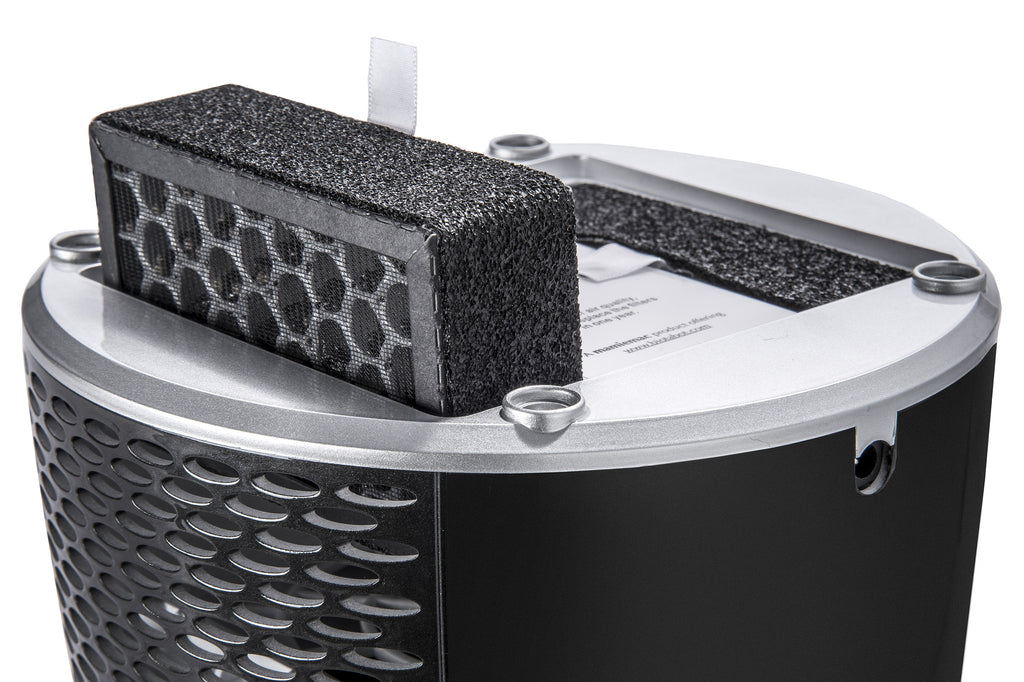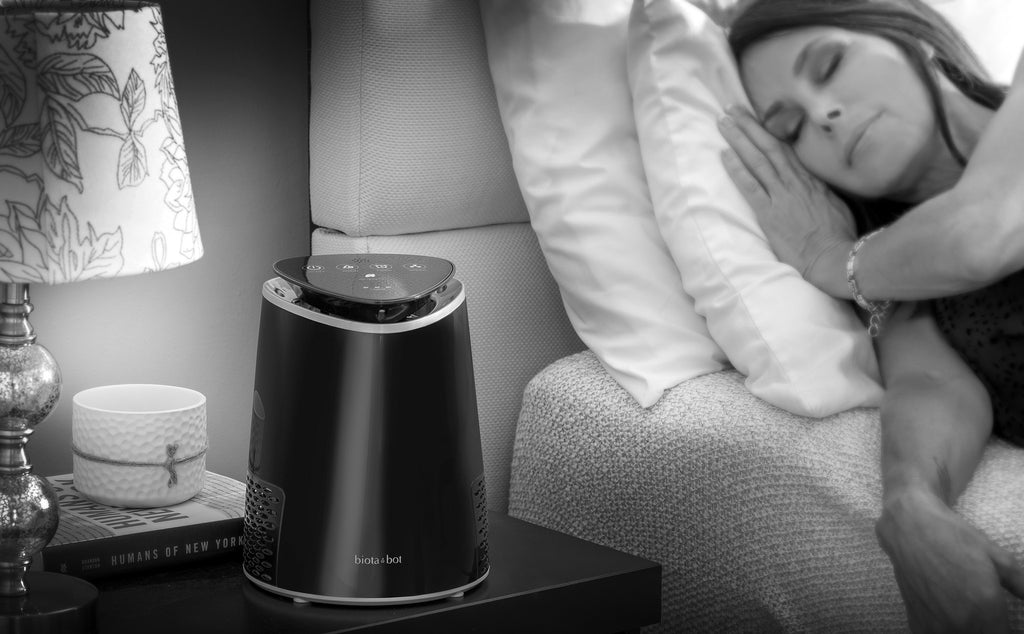How Exactly Does HEPA Filtration Work
HEPA, or High Efficiency Particulate Arrestance, filters are one of the most commonly advertised features in high end quality air purifiers. As with most things, not all HEPA filters are created equal, nor are they able to do everything you may need in an air filter. This article will briefly explain how HEPA filters work and also what they cannot do.
To be classified as a true HEPA filter, it must meet the standards of the Institute of Environmental Sciences and Technologies. Basically these standards require that the filter can remove 99.9 percent particulate matter at a minimum of 3 microns in size. In layperson’s terms, it gets rid of most of the dirt and dust that circulates throughout your home.
The way the HEPA filters are able to do this is through the use of uniquely designed glass fibers that allow air to flow through the fibers while trapping the dust and airborne contaminants by causing them to “stick” to the glass fibers. This is generally done through a three stage process.
1) A primary filter is used to catch the biggest particles moving through the air stream. The real work of the glass fibers would be significantly reduced if it was quickly clogged up by the larger particles.
2) The continuing air stream then meets with the glass fibers. It is here where the smaller particles either get trapped by the fibers themselves or are caught when coming into contact with particles that have already been trapped.
3) The decontaminated air is then released back into your living environment with a significantly reduced amount of pollutants.
It is important to know that HEPA filters cannot do everything to scrub you air completely clean. HEPA is designed to trap particles, but not odors from chemicals or non-particulate matter. This means the best HEPA filter systems will contain a charcoal activated filter to remove unwanted odors and smells. (Note: If you hear or see the term “VOC” is means it is a Volatile Organic Compound commonly found in your home from chemicals such as bathroom cleaners and air fresheners.)
The bottom line to all this is to be sure to know what a HEPA filter actually can and cannot do – and how it does it. When you are shopping for the best air filtering system it is almost a must to have a true HEPA filter in the unit. The top of the line systems will have a HEPA and charcoal activated filter as a complete unit to give you the cleanest air possible throughout the day.



